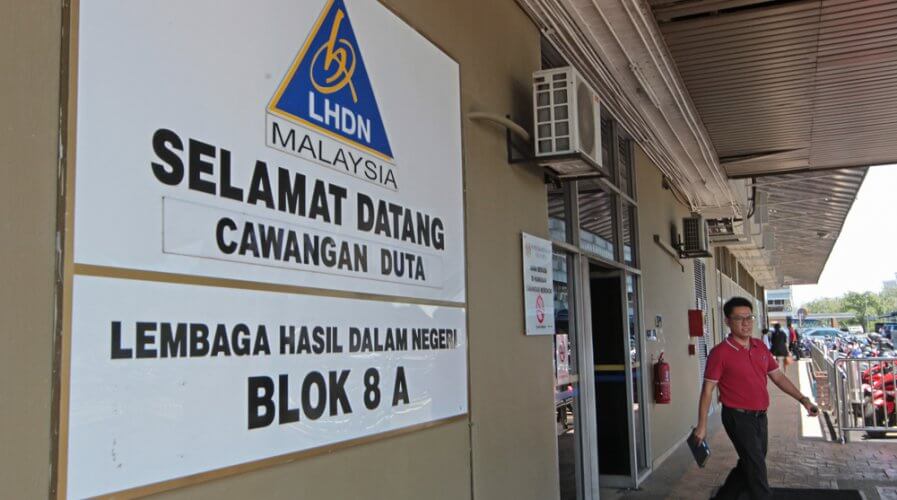
It’s tax season and automation can help HR people comply with requirements set by tax authorities. Source: Shutterstock
Why automation is HR’s best friend this tax season
WHEN tax season arrives, human resources (HR) teams get employees with everything they need to pay their taxes.
True, payroll management software can help, but most HR administrators suggest verifying the details on each tax form before sending it over to the employee — not only because it impacts the employee’s record with the government but also because providing forms with incorrect details can negatively impact the business.
In fact, even before a tax form can be generated, employees are asked to provide details of the money they’ve spent on training and development, medical check-ups, and other tax-deductible expenses.
All of this needs to be verified manually and tallied before the tax form can be generated.
This is where software-based automation and artificial intelligence (AI) comes in.
Before the tax form has been generated, the company can use AI-based solutions to collect and verify all the bills, memos, and documentary proof required before a tax form can be issued to an employee.
Optical character recognition and intelligent character recognition combined with smart algorithms designed to evaluate and authenticate the details employees furnish can be a big help for HR people, especially if they’re catering to large teams.
In regions such as Southeast Asia and the Asia Pacific where mid-sized businesses tend to operate hubs in various countries with varying laws, an AI-based solution is quite helpful because it helps the centralized HR team comply with local laws and regulations.
Software-based automation or robotic process automation (RPA) helps HR professionals with the verification process once an employee’s tax form has been generated.
Based on the series of tasks undertaken by the team to check each of the fields on the tax form, an RPA bot can be trained.
Doing so will not only minimize the amount of time an employee spends on the overall job but also help ensure that the task at hand is not only done quickly and efficiently but is also free from human error.
Finally, given the emphasis on augmenting the employee’s experience in the best of organizations these days, an AI-system can also provide advice to help minimize their tax bill by pointing out which deductions they could have used more of in the current assessment year and what they can do better in the current financial year.
Although governments across the APAC are making an effort to simplify the tax laws and collection process, there still is a long way to go before things become intuitive. In the meanwhile, HR professionals should consider the use of AI and RPA to lighten their load.
READ MORE
- The criticality of endpoint management in cybersecurity and operations
- Ethical AI: The renewed importance of safeguarding data and customer privacy in Generative AI applications
- How Japan balances AI-driven opportunities with cybersecurity needs
- Deploying SASE: Benchmarking your approach
- Insurance everywhere all at once: the digital transformation of the APAC insurance industry






